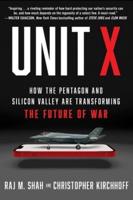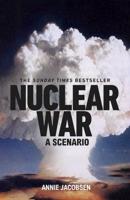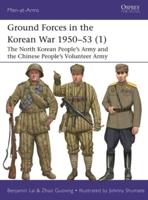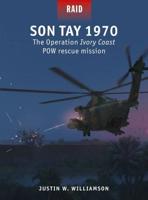Publisher's Synopsis
In this report, we examine in some detail the growing threats from different actors in different regions of the world, and note the challenges they present to calculating an appropriate mix of capabilities and force structure. (16-20) To lessen risk in an environment that is becoming more challenging over time, it is important to err on the side of having too much rather than too little. We agree with the 2014 QDR's emphasis on the centrality of East Asia as well as the continued importance of the Middle East to our security in the 21st century. At the same time, we note that current conditions require renewed attention to Europe. Indeed, the rapidly evolving nature of security threats to America and its allies - as witnessed in the recent turbulence in Ukraine and the extraordinary deterioration of Iraq during the writing of this report alone - causes us to recommend revising the force sizing construct of the 2014 QDR: "If deterrence fails at any given time, U.S. forces could defeat a regional adversary in a large-scale multi-phased campaign, and deny the objectives of - or impose unacceptable costs on - another aggressor in another region."









